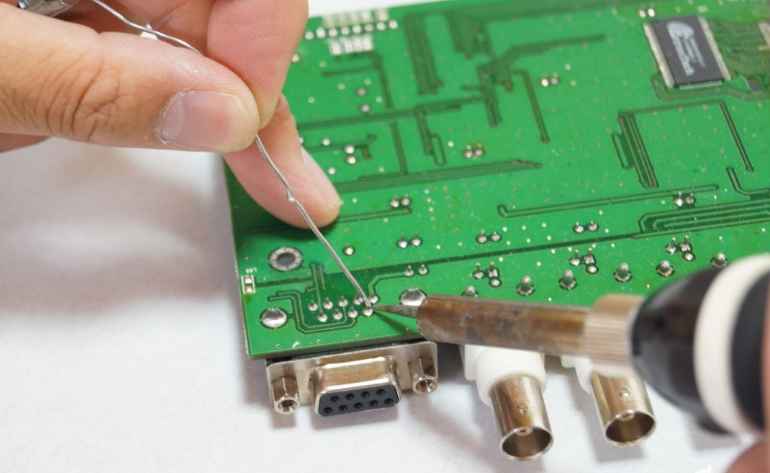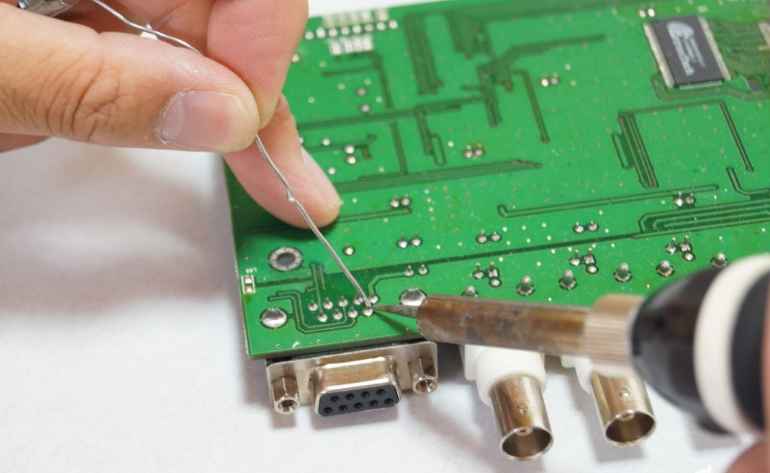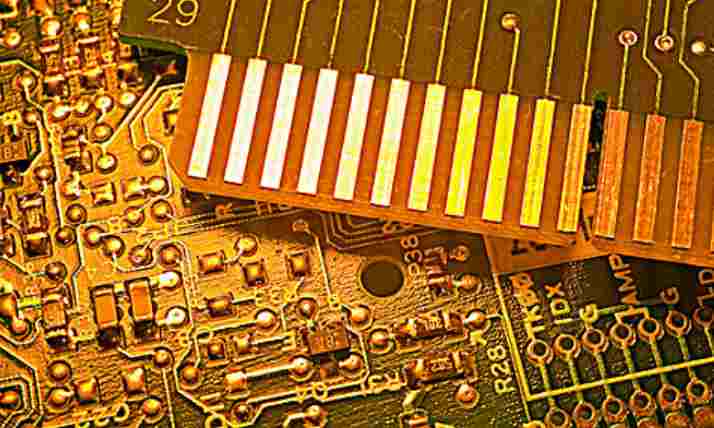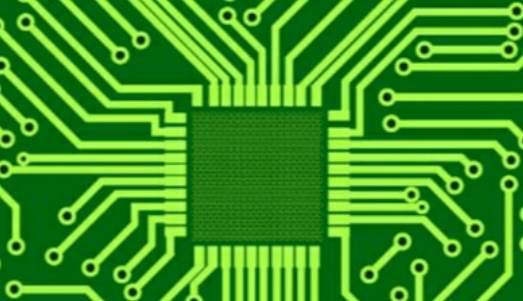
With the development and construction of 5G communication, the electronic equipment industry has an increasing demand for high frequency and high speed board. Due to the different use environment, high frequency board and high speed board have many common characteristics, but also some differences. Combined with the operating environment of high frequency and high speed plate and the resin system of plate, the characteristics of high frequency plate and high speed plate are described, and the future development of high frequency plate and high speed plate is prospected.
I. Demand for high frequency and high speed plate in 5G network 5G, the fifth generation mobile communication. Cellular mobile communication has been upgraded four times from analog communication (1G) to LTE (4G), which is now popular. Research and testing of 5G networks have progressed rapidly since 2012. In the past, from 1G to 4G, the main scene was network communication between people, but 5G network will meet the Internet of everything and open a new round of information network revolution. The 5G communication industry chain mainly includes the following five important links:
(1) Network planning and design (preliminary technical research and network construction planning);
(2) Wireless main equipment (core network, base station antenna, radio frequency device, optical device/optical module, small base station, etc., wireless supporting, network coverage and optimization links start to deploy);
(3) Transmission equipment (wireless equipment needs wired transmission links, followed by optical fiber and cable, system integration, IT support, value-added services, etc.);
(4) Terminal equipment (chip and terminal matching);
(5) Operators. In addition to the above five important links, the following two links are also important:
(6) PCB/CCL industry chain (used for base station RF, baseband processing unit, IDC and core network router, etc.);
(7) dielectric waveguide filter (base station RF). In the process of 5G construction, products in different industries use different frequency bands, which leads to different requirements for high-frequency and high-speed plates in different industries and products. It can be seen that 5G network is the comprehensive application of multi-band microwave. Therefore, the choice of high speed plate and high frequency plate in different industries will be different.

2.1 The dielectric constant Dk and dielectric loss Df When it comes to the high frequency and high speed plate, it is inevitable to talk about two concepts, "dielectric constant -Dk" and "dielectric loss -Df". PCB dielectric layer used for high-speed digital signal transmission, not only plays the role of insulating layer between conductors, more importantly, it plays the role of "characteristic impedance", but also affects signal transmission speed, signal attenuation and heating. The size of dielectric loss (Df) represents the attenuation of signal transmission. This attenuation of signal transmission is often lost by generating heat. With high frequency and high speed digital signal transmission, signal attenuation and heat consumption inevitably increase rapidly with high frequency and high speed digital signal transmission. For high-frequency and high-speed digital signal transmission, the smaller the dielectric loss (Df), the better. In the development process of high speed products and high frequency products, it is required that the dielectric constant (Dk) and dielectric loss (Df) of the plate to be smaller. However, there are still some differences between high frequency products and high speed products in the demand for plate. 2.2 Characteristics of high-speed materials High-speed products pay more attention to the dielectric loss (Df) of plates.
The grade of high speed materials commonly used in the market is also divided according to the size of the dielectric loss (Df). Different substrate materials can be divided into conventional loss, medium loss, low loss, very low loss and ultra-low loss according to the dielectric loss of substrate. Five levels of transmission loss. 2.3 Characteristics of high-frequency materials Compared with high-speed materials, high-frequency materials pay more attention to the size and variation of dielectric constant (Dk). High-frequency products are very sensitive to changes in the dielectric constant (Dk) of the material. Therefore, high frequency materials focus on the stability of dielectric constant (Dk), as well as the thickness of the material medium, the temperature drift coefficient of the material, and the ststrobe properties of the material. The industry has no clear classification criteria for high-frequency materials, but there are many
High-frequency plates are roughly classified according to the dielectric constant (Dk) of the material. Materials with the same dielectric constant (Dk) are considered similar and can be substituted for each other. In the field of high-frequency materials, there is also a conventional division of materials into PTFE and non-PTFE materials. This is closely related to the application field of high-frequency products. The current RF field can be divided into two parts. First, the frequencies below 6GHZ are commonly used in 3.5GHZ, 2.7GHZ and 1.8GHZ. The main products are power amplifier, antenna calibrator, and other products. The other part is over 20GHZ millimeter wave field commonly used frequencies are 24GHZ, 66GHZ, 77GHZ, the main products are radar products. This is mainly because with the increase of frequency, the stroboscopic effect and dielectric loss of non-PTFE products on signal transmission increase sharply, and PTFE materials have better performance characteristics.









